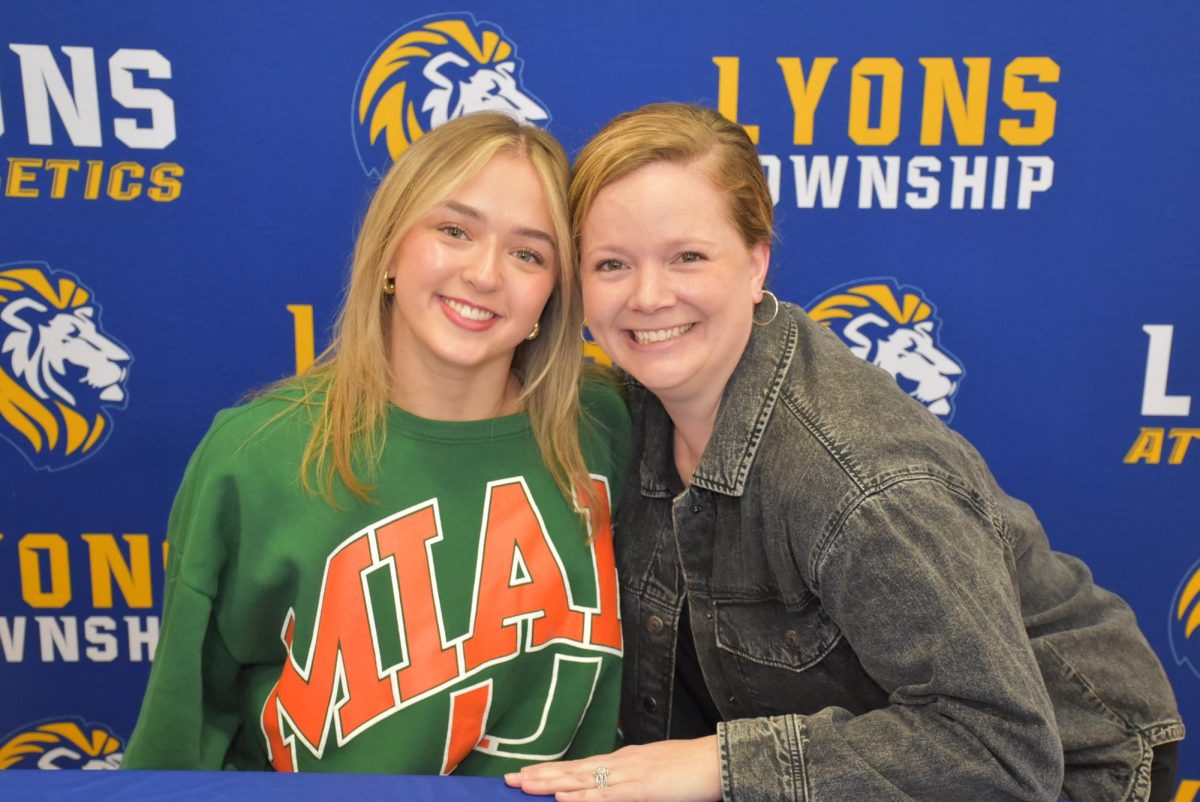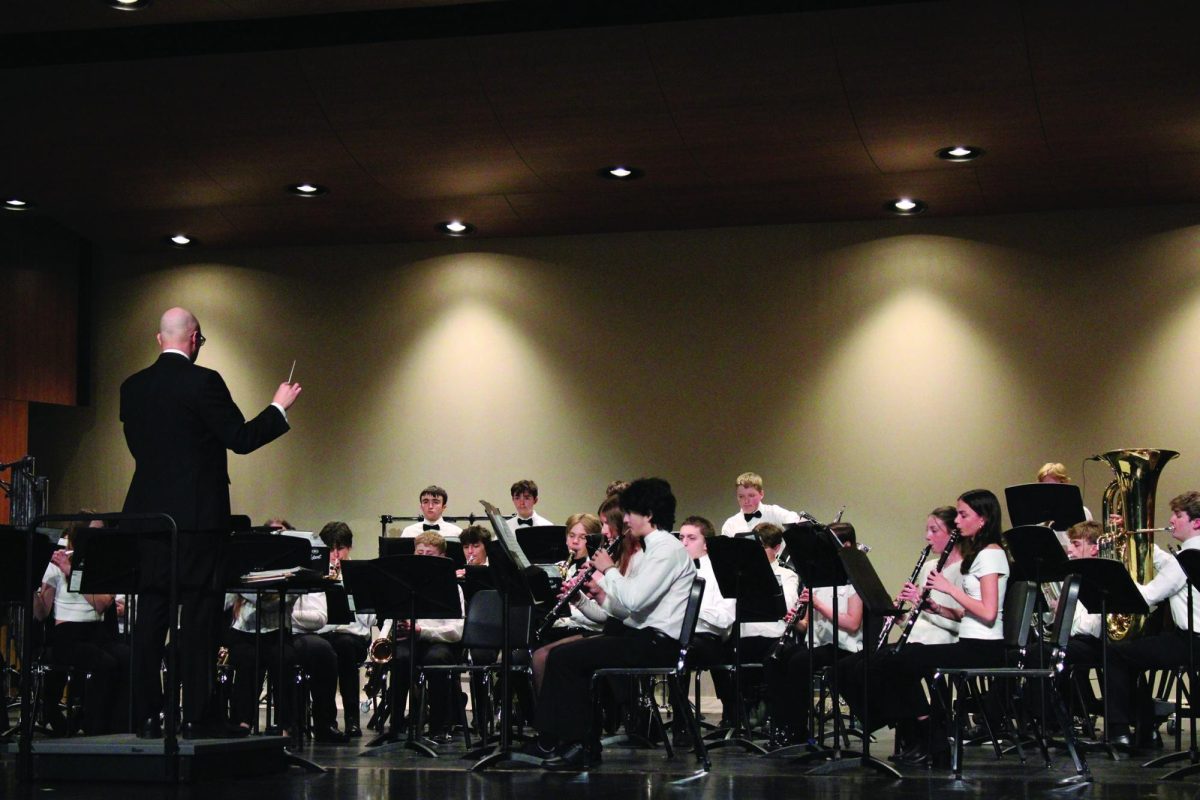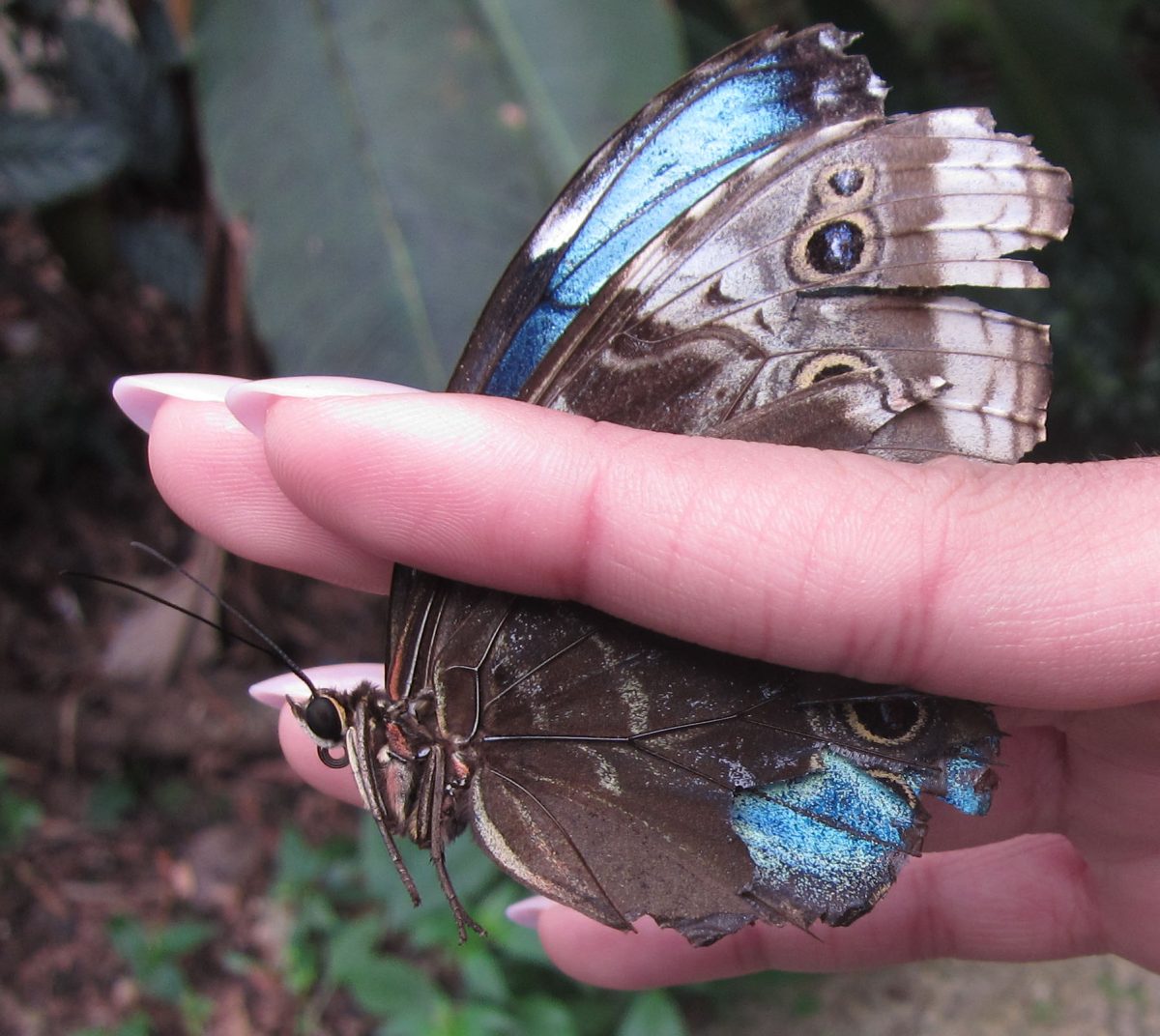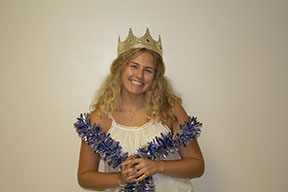Cuffing Season
December 9, 2019
As the days get darker earlier and the temperature begins to drop, there is not only a seasonal shift but also a social shift. As one scans the halls of LT during the winter, it is clear that there is a higher prevalence of couples. Not only does November mark the start of the holiday season, it also marks the start of “cuffing season.”
In 2011, the term “cuffing season” grew popular among teenagers and young adults. The “season” lasts from the beginning of November to mid-February, following Valentine’s Day. While the length of cuffing season varies by definition, it generally lasts the majority of the holiday season.
Although the term is more popular among the young adult dating scene, the concept is still present among high schoolers. In a survey conducted by LION, it was found that 70% of LT students knew what cuffing season is. However, the same survey found that only 20% of students believed relationships that begin during cuffing season last. Based on these statistics, it can be concluded that these relationships do not last long term at LT.
There are many theories attributed as to why people tend to couple up during the holiday season. However, since this term is still relatively new and not popular within the scientific community, there is limited research and studies on the psychology behind cuffing season.
The studies surrounding cuffing season tend to focus on one’s desire for attention and affection, as well as the effect the season has on moods and feelings. In “What the Hell is Cuffing Season?”, licensed psychologist Dara Bushman discussed the various reasons why people get into relationships during the holiday season.
“Cuffing season is when people start to want to be tied down in a serious relationship,” Bushman said. “The cold weather and lack of outdoors and sunshine causes singles to become lonely and desperate.”
Much of the reasoning behind cuffing season lies in the argument that people want someone to enjoy seasonal activities with. From apple picking in November to watching Christmas movies in December to having a Valentine for February, people want a companion during this time of the year.
In the article “What is ‘Cuffing Season?,” therapist Chamin Ajjan explains people’s reliance on having a partner they can go to during the holiday season.
“This makes socializing a little more difficult, and feelings of isolation can start to set in,” Ajjan said. “For many, the solution to this problem is finding a guaranteed special somebody who will be there with you just as soon as your fingers can text [them].”
Additionally, there are other theories that cuffing season is a result of feeling pressure to be involved in a relationship because it is a hot topic at family gatherings during the holidays.
“It is more likely that we tend to feel pressure to be in a relationship during this time of year due to the messaging we are getting from the entertainment industry, advertisers, social media, friends and family,” Ajjan said. “There are the questions you get at the holiday party or family function, like, ‘You dating anyone yet?’”
As the season winds down and the temperatures begin to rise, the next step many of these couples take is to uncuff. After Valentine’s Day festivities, “clearing season” begins. It is at this time when couples break up in preparation to be single for the summer months.
So, whether you’re coupled up and sipping hot chocolate with your partner or enjoying holiday movies by yourself, there is no right way to spend your holiday season. Taken or single, cuffing season is here and in full swing.





















![Movie poster for '[Rec]" (2007).](https://www.lionnewspaper.com/wp-content/uploads/2023/04/rec-640x900.jpg)


